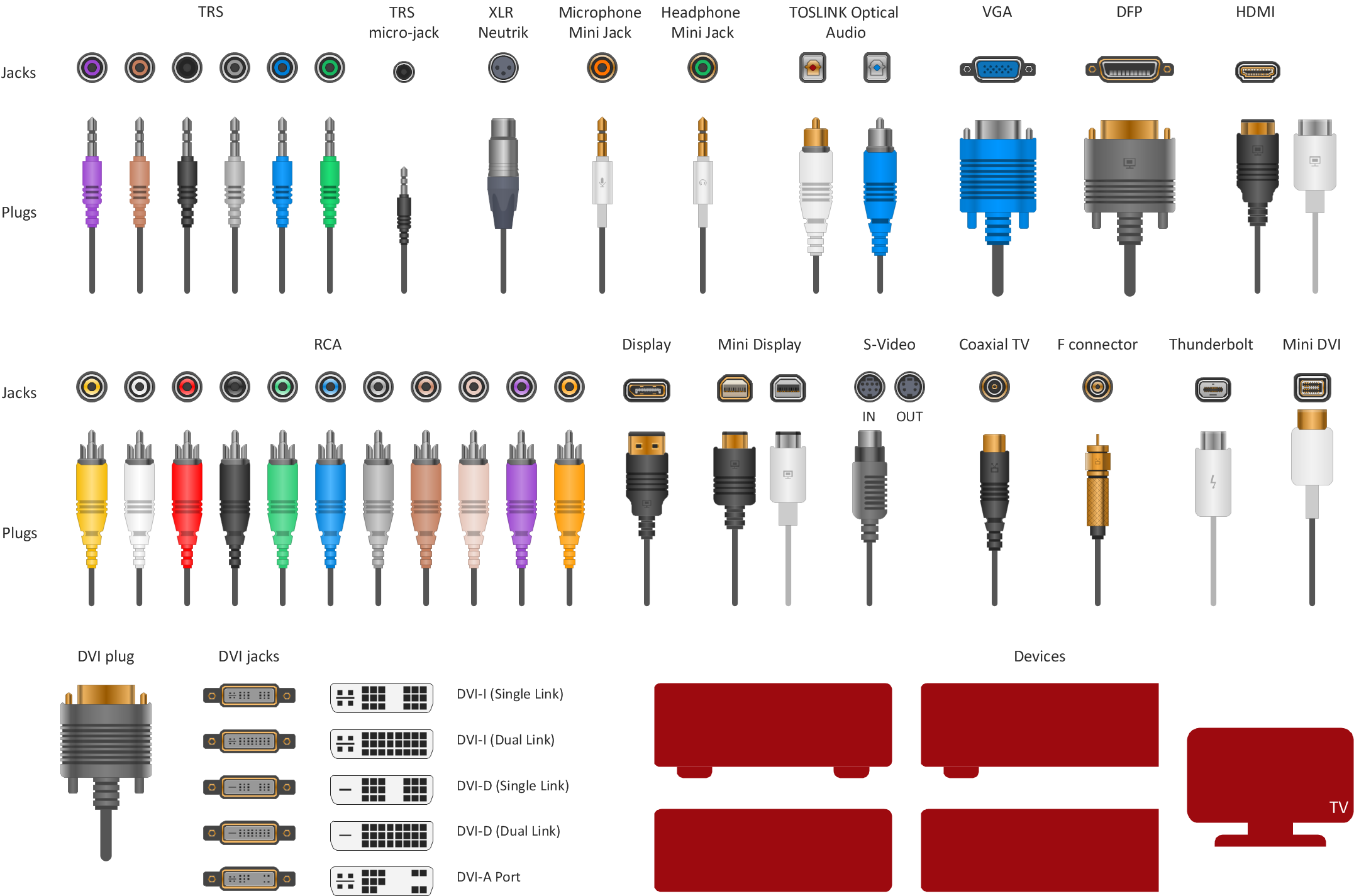Integrating Traditional Systems with Advanced Audio Connectivity Solutions for Improved Performance and Adaptability.
Integrating Traditional Systems with Advanced Audio Connectivity Solutions for Improved Performance and Adaptability.
Blog Article
In the current fast-paced landscape of sound technologies, the need to improve efficiency and flexibility in sound solutions is increasingly crucial than ever before. Many entities and locations still rely on outdated technologies, which are older technologies that may fail to have the features of modern devices. However, harmonizing these outdated technologies with cutting-edge audio communication solutions can lead to significant improvements. Sound networking enables for improved communication between equipment, allowing it easier to manage and manage audio throughout different spaces.
A of the key advantages of integrating legacy technologies with modern sound networking is enhanced adaptability. Traditional sound systems often involve complicated wiring and restricted pathway options. With sound networking technologies like Dante or AVB, sound signals can be transmitted over conventional Ethernet connections. This means that operators can easily connect various devices without the requirement for extensive rewiring. Regardless within a concert hall, a educational theater, or a corporate function, this adaptability enables for rapid adjustments and changes to the audio setup without major delays.
Performance is a further significant factor that improves when older technologies are modernized with current networking solutions. Outdated systems may struggle to provide high-quality audio, website here particularly in bigger venues or in challenging events. By implementing sound communication, organizations can leverage of sophisticated features such as low delay, timing, and digital data management. These advancements help ensure that sound is clear and uniform, improving the overall experience for listeners and artists alike. This transition can create a marked difference in how audio is experienced in different settings.
Additionally, harmonizing outdated technologies with modern technologies can lead to financial benefits in the long run. While modernizing to novel equipment may require an initial cost, the effectiveness gained through audio networking can lower upkeep expenses and minimize the need for ongoing fixes. Furthermore, networked systems often require fewer tangible space than conventional installations, which can save on real estate costs in locations. Entities can distribute resources more effectively, utilizing the savings they retain to invest in other important fields.
Finally, training staff on the method to operate integrated systems becomes easier with audio networking. Many modern sound communication platforms come with intuitive controls and remote management features. This means that including those who may lack extensive technological expertise can learn to operate and control the audio systems efficiently. Educational programs can be designed focused on these technologies, enabling personnel to maintain and diagnose technologies with confidence. By combining the old with the new, entities can create a more capable and knowledgeable team, in the end leading to better sound experiences for all involved.